Today was incredibly hot, and after I put my children down for their afternoon nap, I couldn’t resist the urge to cool off. I immediately thought of something my 15-year-old daughter always raves about the ice cream at Mixue. She mentions how delicious it is and how affordable the prices are for both the ice cream and drinks. Intrigued by her recommendation, I decided to give it a try.

I made my way to the Mixue store and was pleasantly surprised to find that a cone of ice cream was only RM2. The taste was fantastic, and as I walked back home, I slowly enjoyed it, appreciating the simple joy of something so refreshing on a hot day.
Mixue, the popular ice cream and tea brand, was founded in 1997 by Zhang Hongchao, a student at Henan University of Economics and Law. What started as a small street stall in Zhengzhou, selling shaved ice and cold drinks, has now become a major brand. With an initial loan of 3,000 yuan from his grandmother, Zhang’s vision expanded into something much larger. Mixue’s first Malaysian outlet opened in Paradigm Mall, Johor Bahru, in 2022, and since then, it has grown to more than 300 outlets across Malaysia.
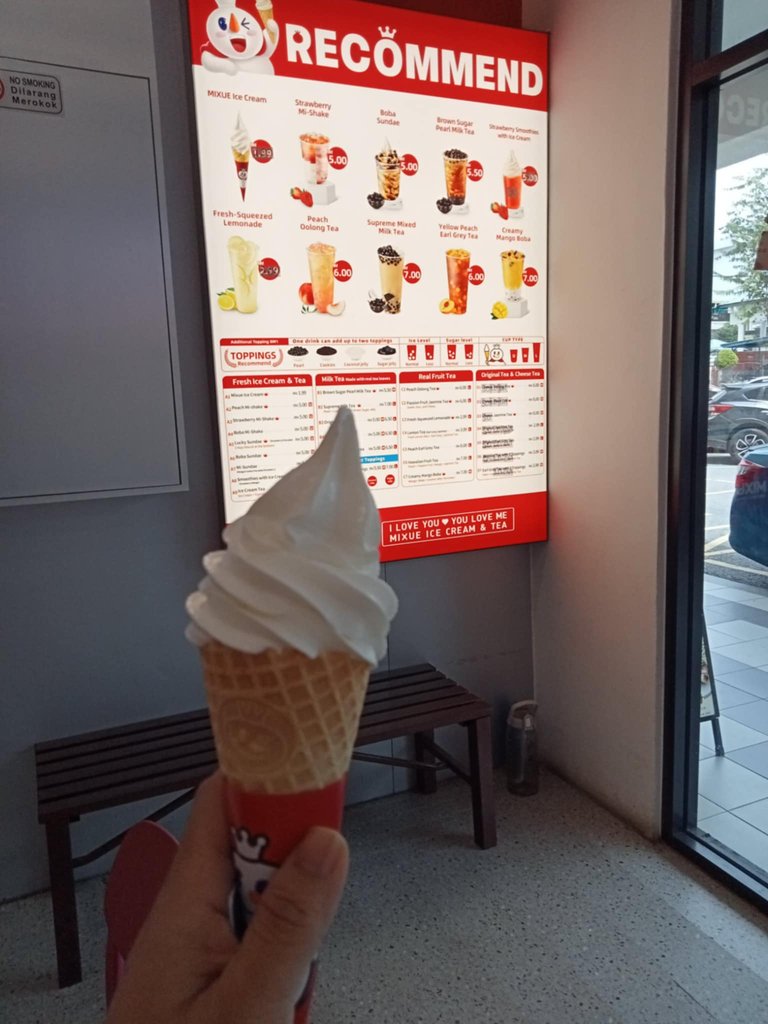

As a small business owner myself, I can see the clever strategies Mixue uses. The prices are incredibly affordable, and their focus is on selling in high volumes, not just premium pricing. While this strategy works for Mixue, it’s not something every business can replicate, especially with the rising costs everywhere.
I’ve tried something similar with my own burger stall. In my area, there are plenty of students who love affordable and tasty food, just like how Mixue taps into the student crowd. To keep prices low, I make my own patties and prepare everything in-house, which helps cut costs. Instead of selling burgers for RM12–15, I offer them for just RM8.50 to RM12. Additionally, I source my meats directly from suppliers rather than from the market, saving even more money.
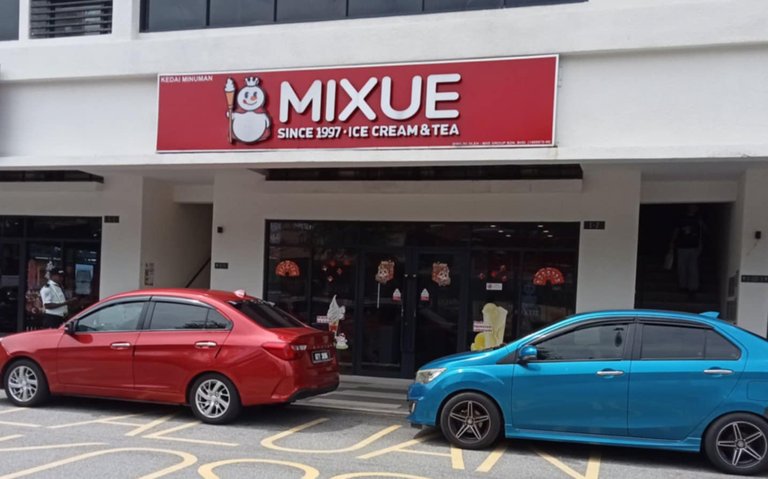
The key takeaway from this strategy is that in business, especially in today's environment with rising costs, finding ways to reduce expenses without sacrificing quality is essential. Whether it's through efficient sourcing, in-house production, or targeting the right customer demographic, businesses can thrive by focusing on cost-effective solutions.
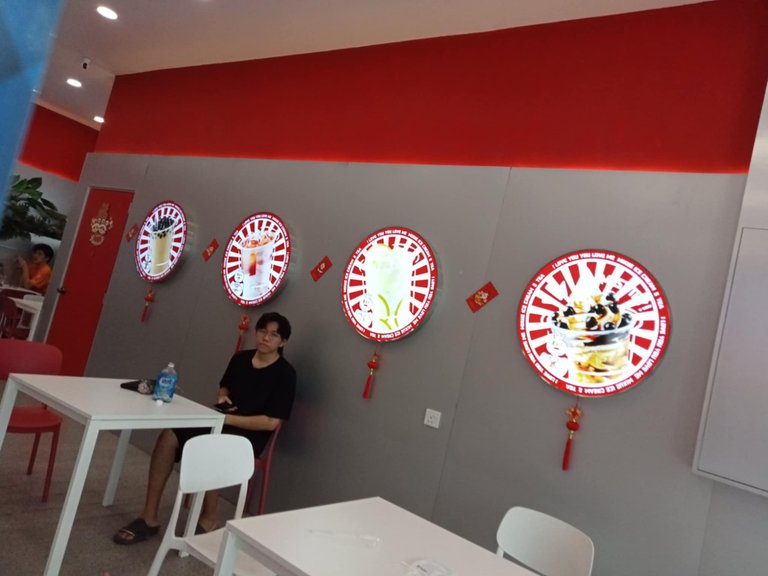
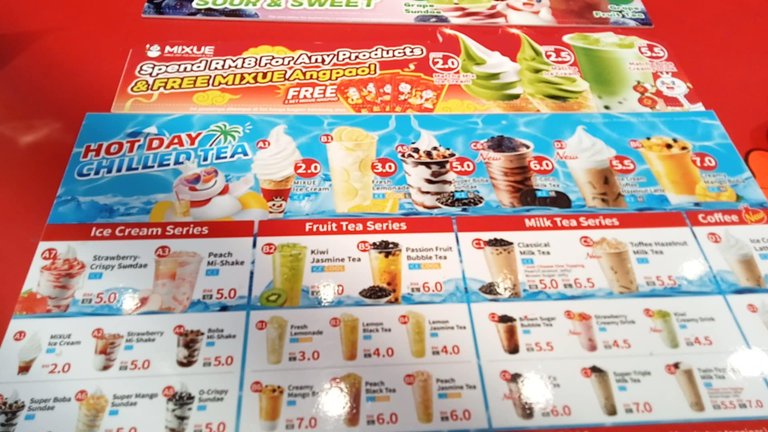
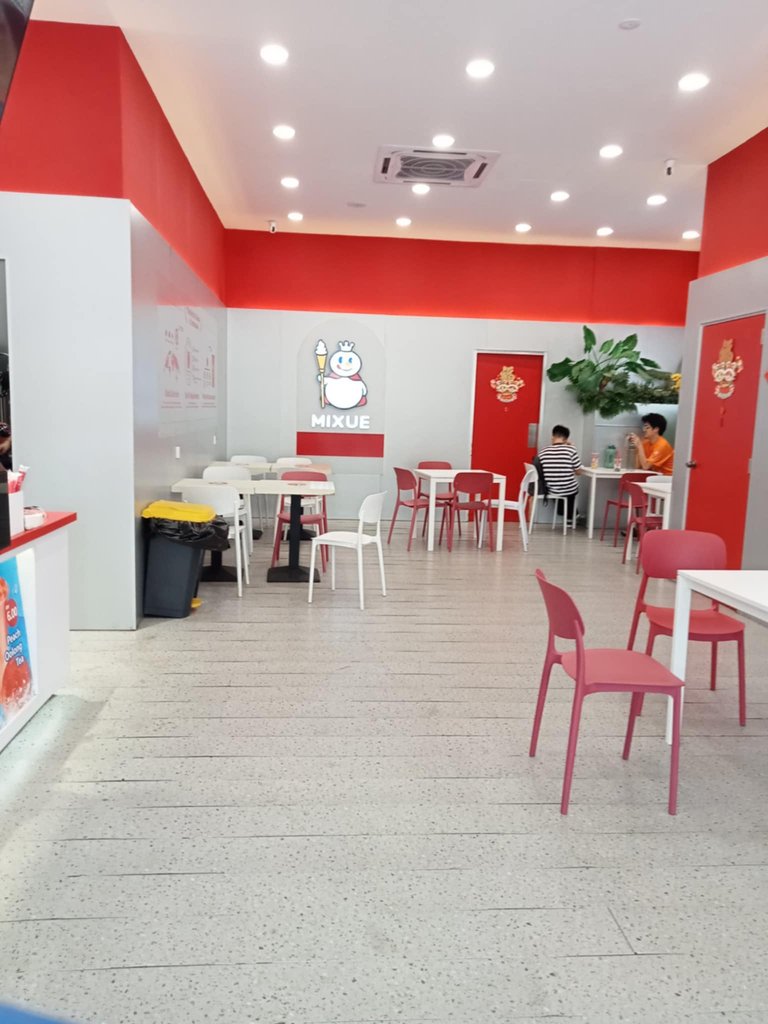
Note: all picture is taken by my own handphone Oppo

